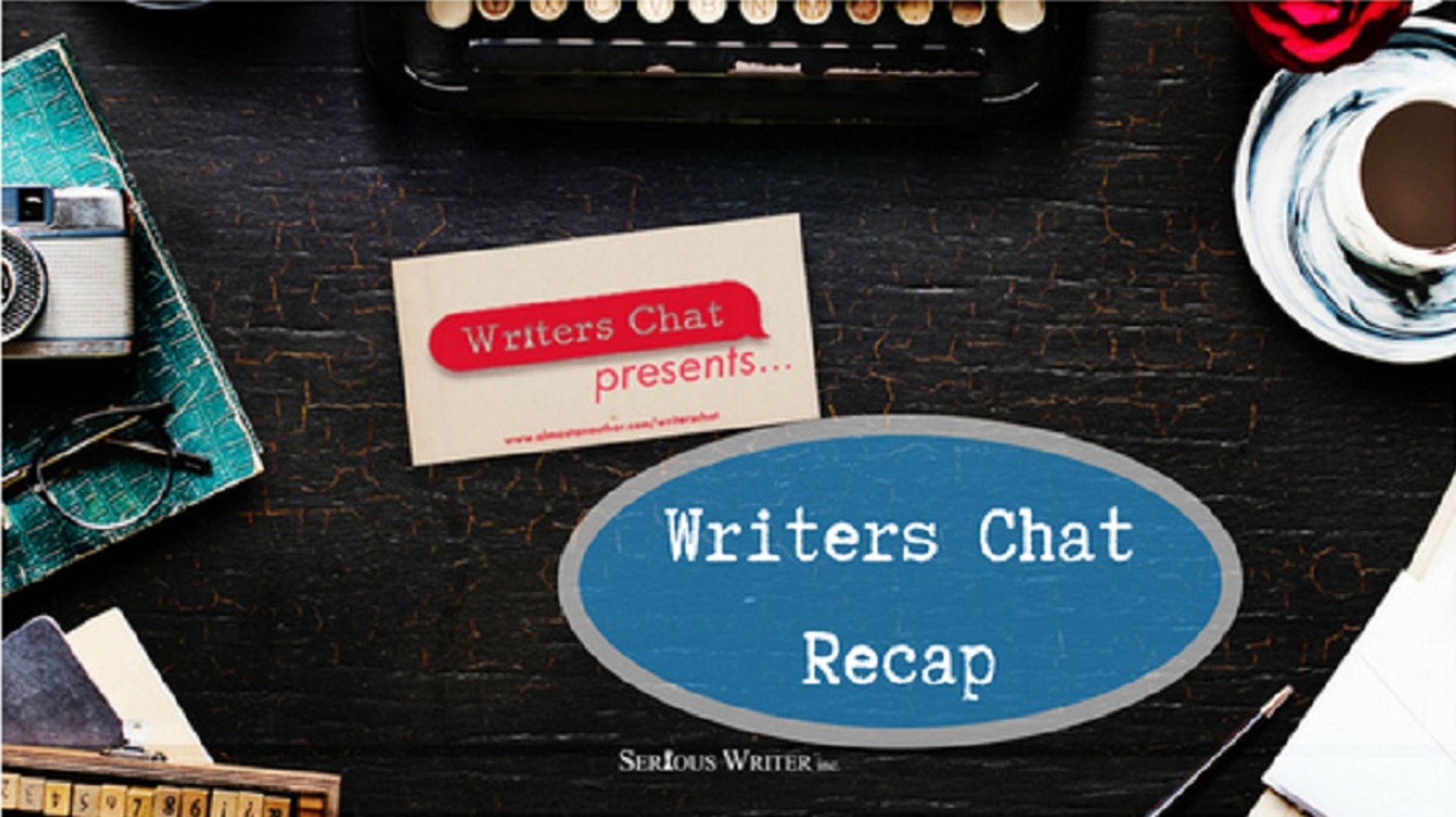
Writers Chat Recap for March Part 2
Writers Chat, hosted by Johnnie Alexander, Brandy Brow, and Melissa Stroh is the show where we talk about all…
March 31, 2024
Writers Chat, hosted by Johnnie Alexander, Brandy Brow, and Melissa Stroh is the show where we talk about all…
March 31, 2024
“We promise according to our hopes, and perform according to our fears.” Rochefoucauld You have every reason to be…
November 13, 2021
There’s nothing more disappointing than picking up a novel described as mystery, suspense, or thriller, fully expecting a hair-raising…
September 17, 2021
Are pets an asset or an albatross in our mystery, suspense, and thriller genre? Pets have shown up in…
April 21, 2021
Six months ago when the pandemic first came to America, scientists and medical professionals thought that once the temperatures…
September 4, 2020
Sit down with a good book and hope for a relaxing evening. The opening sentence immediately captures your attention,…
March 17, 2020
If you are writing a clean or Christian romance, you still need to build tension in your story. Depending…
January 23, 2020
Writers Chat, hosted by Jean Wise, Johnnie Alexander, and Bethany Jett, is the show where we talk about all…
October 30, 2019
Suspense is what keeps readers turning the page but writing a story without it can leave them feeling jilted.…
April 17, 2019
Someone told me once there wasn’t conflict in romance novels. Boy meets girl. Boy gets girl. End of story.…
January 23, 2019
Have you ridden a roller coaster and felt the exhilaration or fear of being tossed about while your feet…
January 17, 2019
Tension is the unresolved conflict in a story that keeps a reader turning pages. All scenes need tension, from…
December 17, 2018
Authors begin a new story by creating and building their characters—the hero, heroine, and villain, but shouldn’t we also…
November 17, 2018
Every writer has a desire to learn the craft, screenwriters more so. However, their journey is complicated by the…
September 4, 2018
Once upon a time writers actually left their characters hanging from cliffs. In the early days of movies, when…
August 31, 2018
I hate making phone calls. When it comes to picking up the phone, I always procrastinate as long as…
May 15, 2016